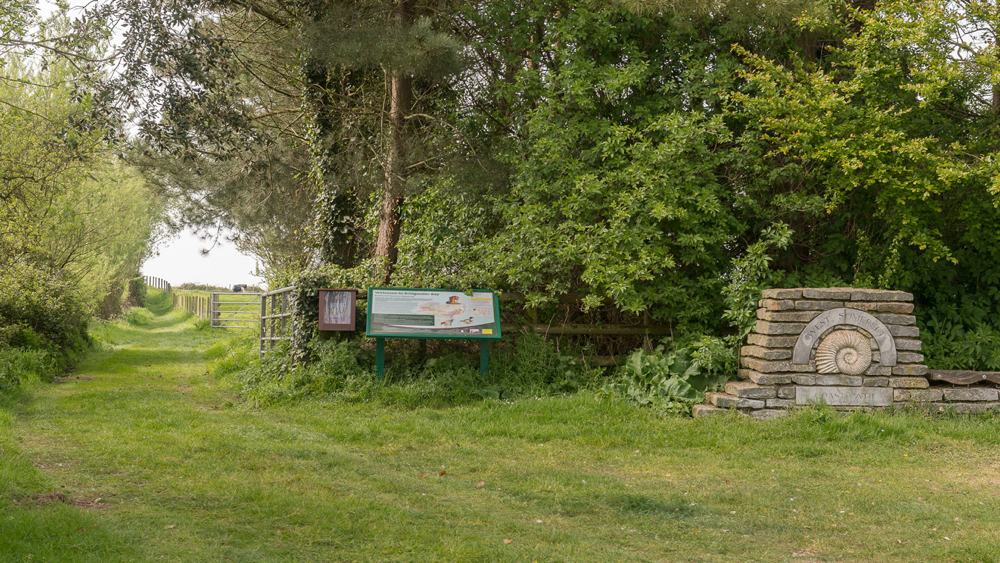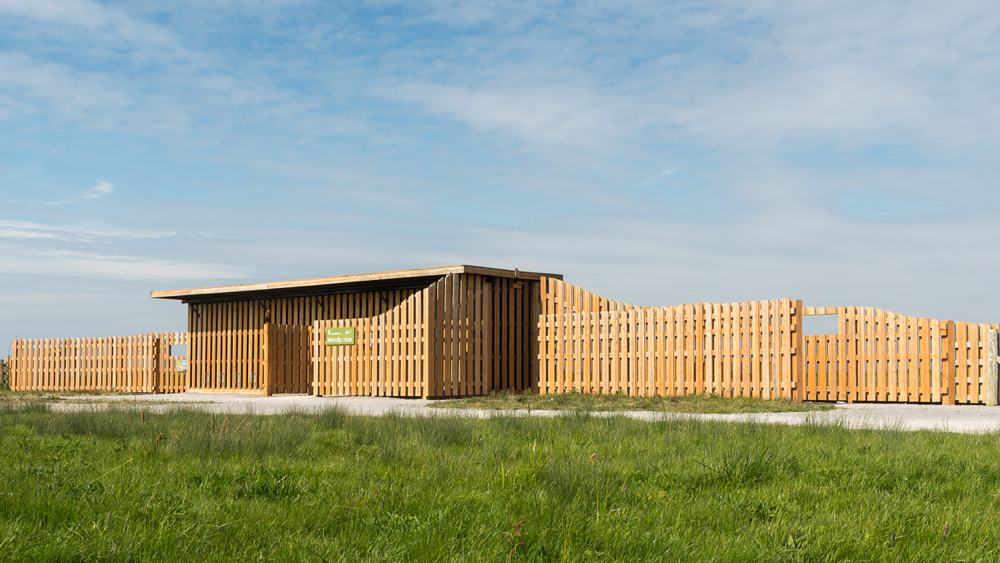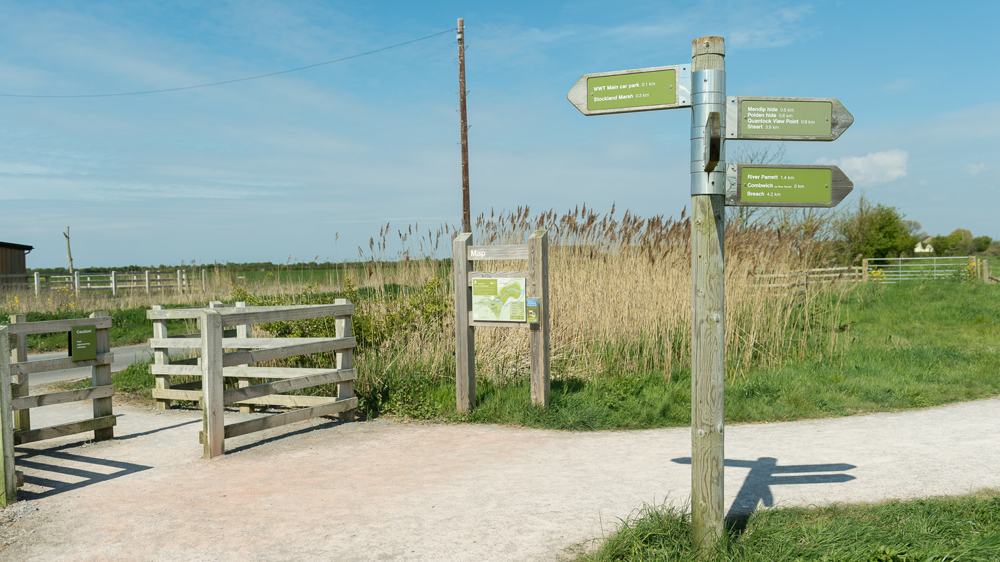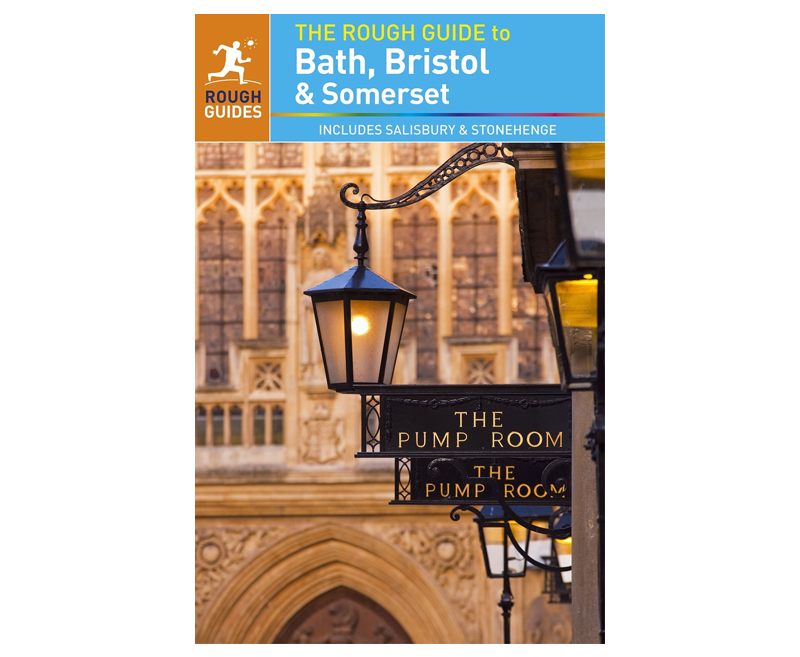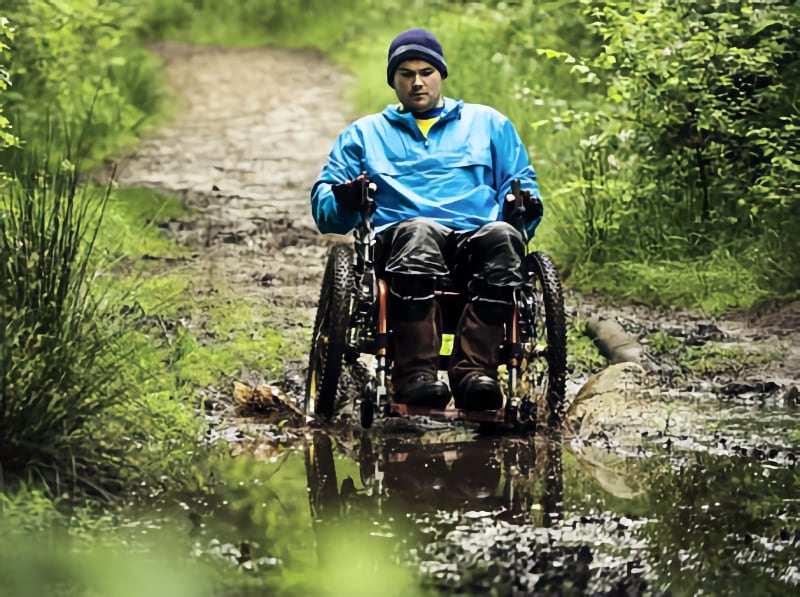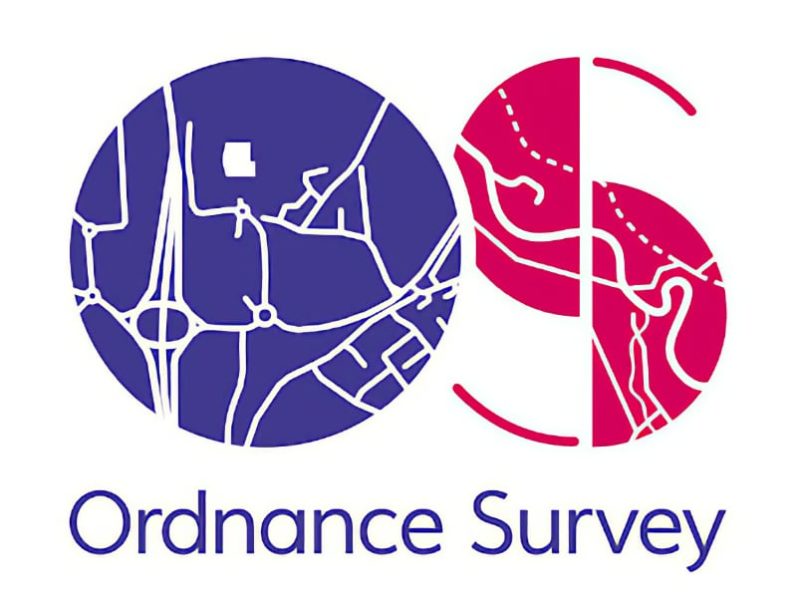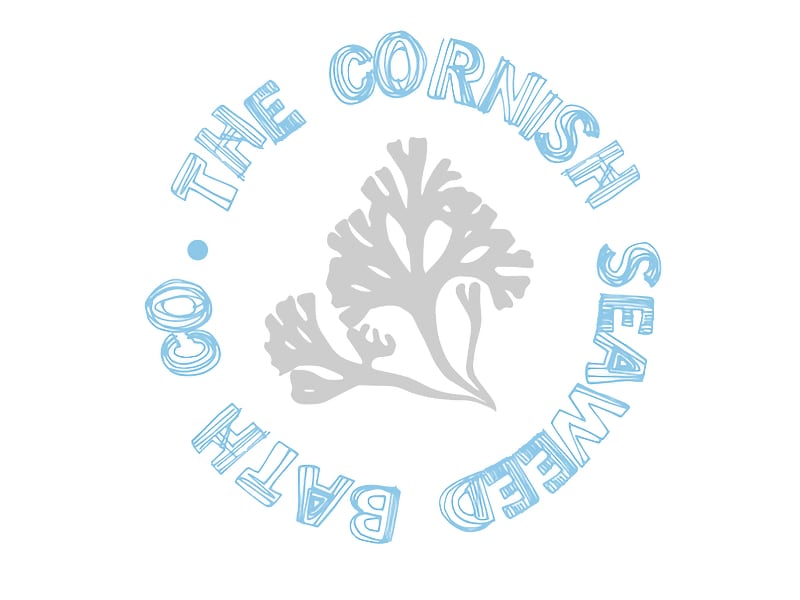Click to zoom …
Walk Details
This is an easy walk with disabled access to every area except the end of the peninsula.
Hundreds of hectares of saltmarsh and freshwater wetlands buffer homes and businesses from the sea and provide a rich habitat for wetland wildlife including egrets, owls, waders and wildfowl. In fact nature lovers are in for a treat with so much to see, from an amazing range of flora and fauna to swooping marsh harriers, illusive grass snakes to shy water vole.
Part of the Bridgwater Bay National Nature Reserve, the area has been internationally recognised as an important site for wintering wildfowl and other species since 1954. In particular, it is the second largest European moulting ground for shelduck, with up to 2000 birds present each July.
Now a saltmarsh habitat has been created at Steart with mud flats, brackish lagoons, beautiful landscaping, pasture for grazing, rustic trail furniture for a welcome break and abundance number of hides – all with detailed information on the things to look out for.The Flora is evident with willow, hawthorn and blackthorn in abundance and the wetter areas are full of sedges, reeds and bulrushes, while flowers include oxeye daisies, buttercups, flag iris, water lilies and a profusion of wild roses. Wildlife to spot includes roe deer, badgers, hares, water vole, otters, grass snakes, newts, dragonflies and butterflies, including the Common Blue and Wall Brown.
But, the main draw to Steart Marshes for naturalists are the birds – raptors include buzzards, peregrine falcons, marsh harriers and kestrel.
The water-courses are rich hunting grounds for herons, egrets and cormorants and swans and ducks nest in the reeds which also provide refuge for reed bunting, reed warbler, sedge warbler and the sky larks that soar overhead. Birds associated with coastal areas are abundant, including gulls, curlew, oystercatchers, lapwing, golden plover and a wealth of varieties of duck.
Park in the WWT’s main car park on Stert Drove and start your walk. Carefully cross the road to the signpost and take the right hand path to Otterhampton Marsh.
Cross a brook near to the road and follow the path around to the left. You will come to a viewing platform where you can look back over Otterhampton Marsh. Continue on this path and you will eventually reach the River Parrett. There you turn left and follow the path, with the river on you right past flower rich grassland.
At this point turn left again and follow the path to the Mendip Bird Hide looking out over the main saltmarsh and Quantock Hide looking back over Otterhampton Marsh. From here – and for the short walk – you can head back to the car park.
For the rambler – rather than the ambler – you can take the alternative longer walk. Turn right and follow signs to Steart through grazing marsh to Polden Hide, where you can indulge in some bird watching.
Continue adjacent to Steart Gate Car Park and continue on the path following signs for the River Parrett Trail and to the right of Steart Village. Here you have a choice between the winter and summer routes to get to the end of the peninsula at Stert Point.
For the summer route follow the path to the right and on to Tower Bird Hide.
For the winter route turn left at this point, as indicated by the green line on the map, and complete the journey by road.
The diversion between September 30th and April 1st is mandatory to ensure that over-wintering birds are not disturbed.
The Tower Bird Hide was originally erected as a beginning or ending point for the River Parrett Trial that follows the river for 50 miles to Cheddington in Dorset. At the Tower Bird Hide walk diagonally across the eld following the line of an old wall to the corner where signs indicate the England Coast Path. In winter you must follow the alternative route marked.
Bridgwater Bay’s expansive mud ats host a myriad of shrimps, shell sh, rag and lugworms which provide valuable feeding for overwintering wildfowl and other migratory birds.
Leave the coast path and re-join the Steart Marshes Trail at the Steart Gate Car Park and retrace your steps to the main WWT car park.
There are toilets, offices and information panels at the WWT’s main car park.There are cafes, shops and pubs in Combwich, Cannington, Nether Stowey and Stogursey.
All information correct at the time of publication.
 Nearest Train (or tube) Station(s):
Nearest Train (or tube) Station(s):
Bridgewater, Taunton

